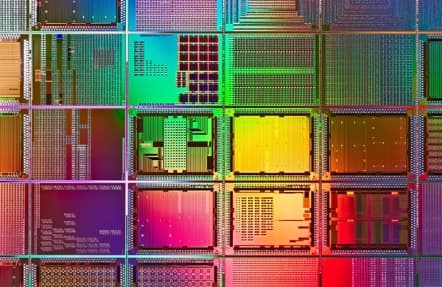Challenge
Boolean Satisfiability
Help design more effective microchips by solving Boolean satisfiability problems.
Overview
The SAT (or Boolean Satisfiability) problem is a decision problem in computer science.
It's the problem of determining if there exists a truth assignment to a given Boolean formula that makes the formula true (satisfies all clauses). A Boolean formula is built from:
- Boolean variables:
- Logical connectives: AND (), OR (), NOT ()
- Parentheses for grouping: ( )
3-SAT is a special case of SAT where each clause is limited to exactly three literals (a literal is a variable or its negation).
Example
This is an example with 4 variables and 3 clauses:
For this particular example, one possible truth assignment that satisfies this formula is:
This can be verified by substituting the variables and evaluating that every clause will result in True.
Our Challenge
In TIG, we feature instances of the 3-SAT Challenge. Given a number of variables, the number of clauses is derived from the following formula
in TIG we fix the .
The size parameter is chosen by the benchmarkers, it determines the number of variables in a given instance.
When generating an instance:
- Variable Selection. Each clause picks three variables uniformly at random from 1 to . Each literal is chosen independently, so a clause can include the same variable multiple times.
- Negation Decision. Each literal is negated with 50% probability, independently. For example, if variable 3 is selected, it appears as or with equal chance.
A solution is given a binary quality score of 1 (if it is a truth assignment) or 0 (if the assignment is false).
Applications
SAT has a vast range of applications in science and industry in fields including computational biology, formal verification, and electronic circuit design.
For example: SAT is used in computational biology to solve the "cell formation problem" of organising a plant into cells. SAT is also heavily utilised in electronic circuit design.

Figure 1: Chips made possible by electronic circuit design